Magnetic resonance imaging phantoms for quality-control of myocardial T1 and ECV mapping: specific formulation, long-term stability and variation with heart rate and temperature
- PMID: 27659737
- PMCID: PMC5034463
- DOI: 10.1186/s12968-016-0275-9
Magnetic resonance imaging phantoms for quality-control of myocardial T1 and ECV mapping: specific formulation, long-term stability and variation with heart rate and temperature
Abstract
Background: Magnetic resonance imaging (MRI) phantoms are routinely used for quality assurance in MRI centres; however their long term stability for verification of myocardial T1/ extracellular volume fraction (ECV) mapping has never been investigated.
Methods: Nickel-chloride agarose gel phantoms were formulated in a reproducible laboratory procedure to mimic blood and myocardial T1 and T2 values, native and late after Gadolinium administration as used in T1/ECV mapping. The phantoms were imaged weekly with an 11 heart beat MOLLI sequence for T1 and long TR spin-echo sequences for T2, in a carefully controlled reproducible manner for 12 months.
Results: There were only small relative changes seen in all the native and post gadolinium T1 values (up to 9.0 % maximal relative change in T1 values) or phantom ECV (up to 8.3 % maximal relative change of ECV, up to 2.2 % maximal absolute change in ECV) during this period. All native and post gadolinium T2 values remained stable over time with <2 % change. Temperature sensitivity testing showed MOLLI T1 values in the long T1 phantoms increasing by 23.9 ms per degree increase and short T1 phantoms increasing by 0.3 ms per degree increase. There was a small absolute increase in ECV of 0.069 % (~0.22 % relative increase in ECV) per degree increase. Variation in heart rate testing showed a 0.13 % absolute increase in ECV (~0.45 % relative increase in ECV) per 10 heart rate increase.
Conclusions: These are the first phantoms reported in the literature modeling T1 and T2 values for blood and myocardium specifically for the T1mapping/ECV mapping application, with stability tested rigorously over a 12 month period. This work has significant implications for the utility of such phantoms in improving the accuracy of serial scans for myocardial tissue characterisation by T1 mapping methods and in multicentre work.
Keywords: Agarose; Nickel; Phantoms; Stability; T1 mapping.
Figures
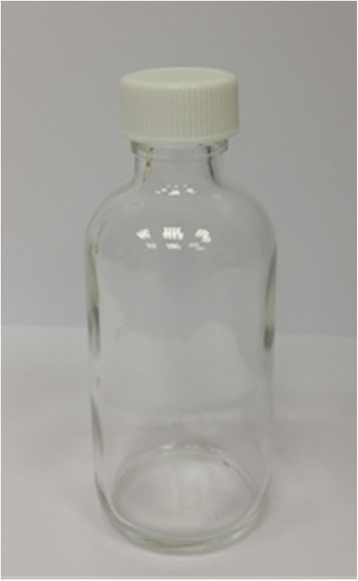
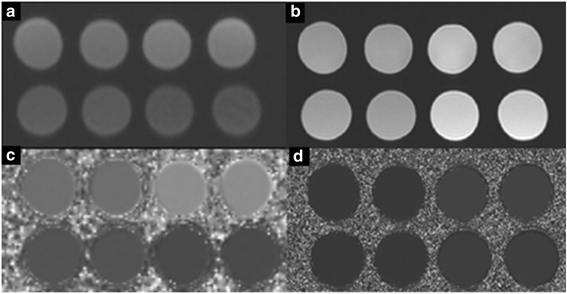
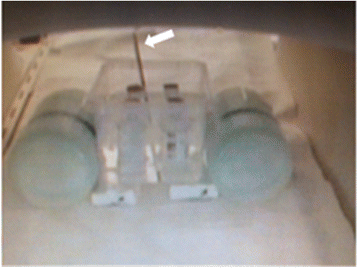
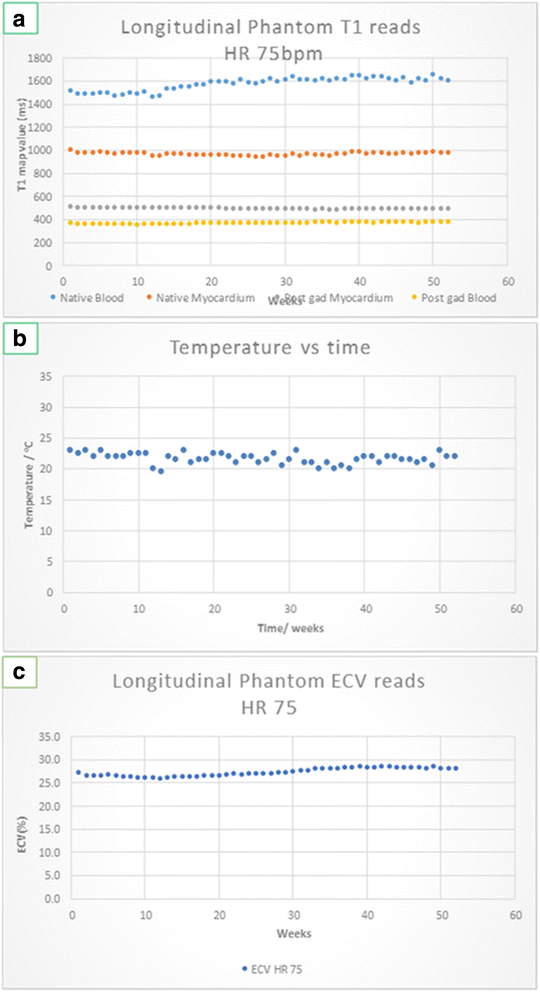

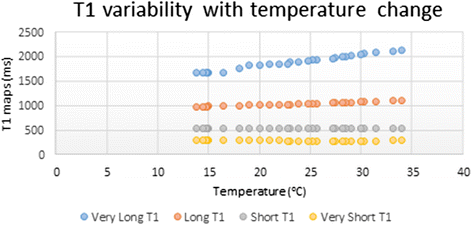
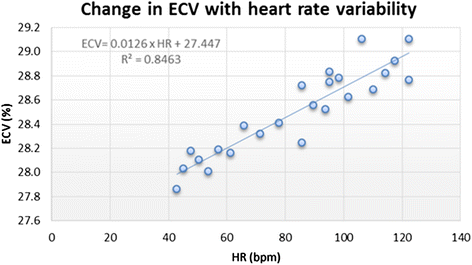
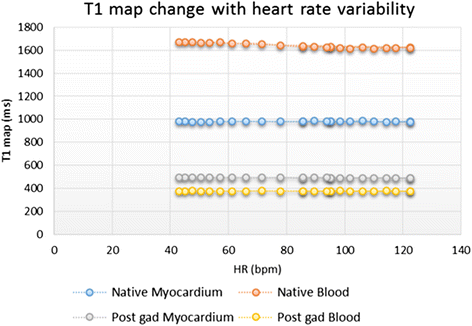
Similar articles
-
A medical device-grade T1 and ECV phantom for global T1 mapping quality assurance-the T1 Mapping and ECV Standardization in cardiovascular magnetic resonance (T1MES) program.J Cardiovasc Magn Reson. 2016 Sep 22;18(1):58. doi: 10.1186/s12968-016-0280-z. J Cardiovasc Magn Reson. 2016. PMID: 27660042 Free PMC article.
-
Myocardial T1-mapping at 3T using saturation-recovery: reference values, precision and comparison with MOLLI.J Cardiovasc Magn Reson. 2016 Nov 18;18(1):84. doi: 10.1186/s12968-016-0302-x. J Cardiovasc Magn Reson. 2016. PMID: 27855705 Free PMC article.
-
Cardiac stress T1-mapping response and extracellular volume stability of MOLLI-based T1-mapping methods.Sci Rep. 2021 Jun 30;11(1):13568. doi: 10.1038/s41598-021-92923-4. Sci Rep. 2021. PMID: 34193894 Free PMC article.
-
Pooled summary of native T1 value and extracellular volume with MOLLI variant sequences in normal subjects and patients with cardiovascular disease.Int J Cardiovasc Imaging. 2020 Feb;36(2):325-336. doi: 10.1007/s10554-019-01717-3. Epub 2019 Nov 4. Int J Cardiovasc Imaging. 2020. PMID: 31686277
-
Native T1 Mapping, Extracellular Volume Mapping, and Late Gadolinium Enhancement in Cardiac Amyloidosis: A Meta-Analysis.JACC Cardiovasc Imaging. 2020 Jun;13(6):1299-1310. doi: 10.1016/j.jcmg.2020.03.010. JACC Cardiovasc Imaging. 2020. PMID: 32498919 Free PMC article.
Cited by
-
Extracellular volume fraction by T1 mapping predicts improvement of left ventricular ejection fraction after catheter ablation in patients with non-ischemic dilated cardiomyopathy and atrial fibrillation.Int J Cardiovasc Imaging. 2021 Aug;37(8):2535-2543. doi: 10.1007/s10554-021-02219-x. Epub 2021 Mar 16. Int J Cardiovasc Imaging. 2021. PMID: 33725266
-
Repeatability and reproducibility of longitudinal relaxation rate in 12 small-animal MRI systems.Magn Reson Imaging. 2019 Jun;59:121-129. doi: 10.1016/j.mri.2019.03.008. Epub 2019 Mar 12. Magn Reson Imaging. 2019. PMID: 30872166 Free PMC article.
-
Z-score mapping for standardized analysis and reporting of cardiovascular magnetic resonance modified Look-Locker inversion recovery (MOLLI) T1 data: Normal behavior and validation in patients with amyloidosis.J Cardiovasc Magn Reson. 2020 Jan 20;22(1):6. doi: 10.1186/s12968-019-0595-7. J Cardiovasc Magn Reson. 2020. PMID: 31955712 Free PMC article.
-
Affinity interactions drive post-implantation drug filling, even in the presence of bacterial biofilm.Acta Biomater. 2017 Jul 15;57:95-102. doi: 10.1016/j.actbio.2017.04.015. Epub 2017 Apr 13. Acta Biomater. 2017. PMID: 28414173 Free PMC article.
-
T1 mapping performance and measurement repeatability: results from the multi-national T1 mapping standardization phantom program (T1MES).J Cardiovasc Magn Reson. 2020 May 7;22(1):31. doi: 10.1186/s12968-020-00613-3. J Cardiovasc Magn Reson. 2020. PMID: 32375896 Free PMC article.
References
-
- Hinojar R, Varma N, et al. T1 Mapping in Discrimination of Hypertrophic Phenotypes: Hypertensive Heart Disease and Hypertrophic Cardiomyopathy: Findings From the International T1 Multicenter Cardiovascular Magnetic Resonance Study. Circ Cardiovasc Imaging. 2015;8:e003285. - PubMed
Grants and funding
LinkOut - more resources
Full Text Sources
Other Literature Sources

